Watch Blog
The 10 Most Important Milestones in the History of Watchmaking
The history of watchmaking is an incredibly vast subject, and watch brands will do anything they can to capture the attention of the masses. Aside from growing strong or embarking on legendary projects, what companies can leave their mark as the first to accomplish something.
Whether it’s the first color-changing sapphire case or as significant as the first double-sided watch, these records are worth revisiting. While there are still debates about the authenticity of many “firsts,” we can still highlight the 10 most important milestones or events in watchmaking history. Lets revisit these 10 milestones with Py-Luxury Global follow the article below:
1. The First Modern Wristwatch
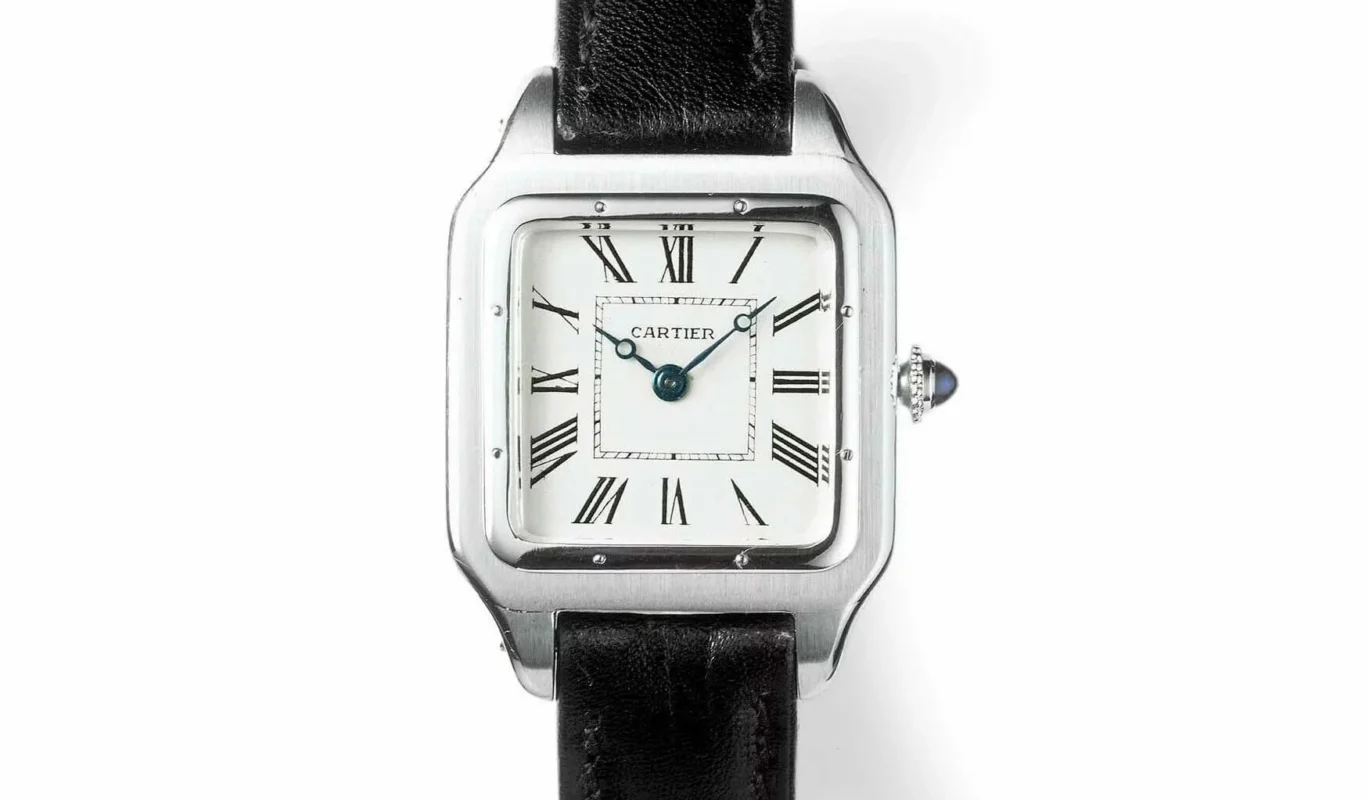
After Louis Cartier created the first wristwatch for his friend, aviator Alberto Santos-Dumont, in 1904, the commercial version of this watch appeared in Paris in 1911. Before that, wristwatches were worn by soldiers and military officers at the end of the 19th century as homemade “bracelets.”
Additionally, there were wristwatches that watchmakers aimed at being fashion accessories for women. For example, in 1810, the Breguet brand created one for Queen Naples.
With a movement produced by Edmond Jaeger and Jacques-David LeCoultre (the founders of Jaeger-Lecoultre later on), the Cartier Santos-Dumont was the first mass-produced wristwatch not specifically designed for aesthetics or military purposes. It’s considered the starting point for modern wristwatch history as we commonly think of it. Furthermore, the Cartier Santos-Dumont was also the first wristwatch for aviators.
Explore: The collection of high-quality replica Cartier watches available
2. The First Automatic Wristwatch
Although automatic movements had been created for pocket watches at the end of the 18th century, no one saw them as practical for development until wristwatches came along. John Harwood made it a reality. He filed for and received his patent in 1923, and this technology was integrated into Fortis wristwatches produced in Switzerland by the end of that decade.
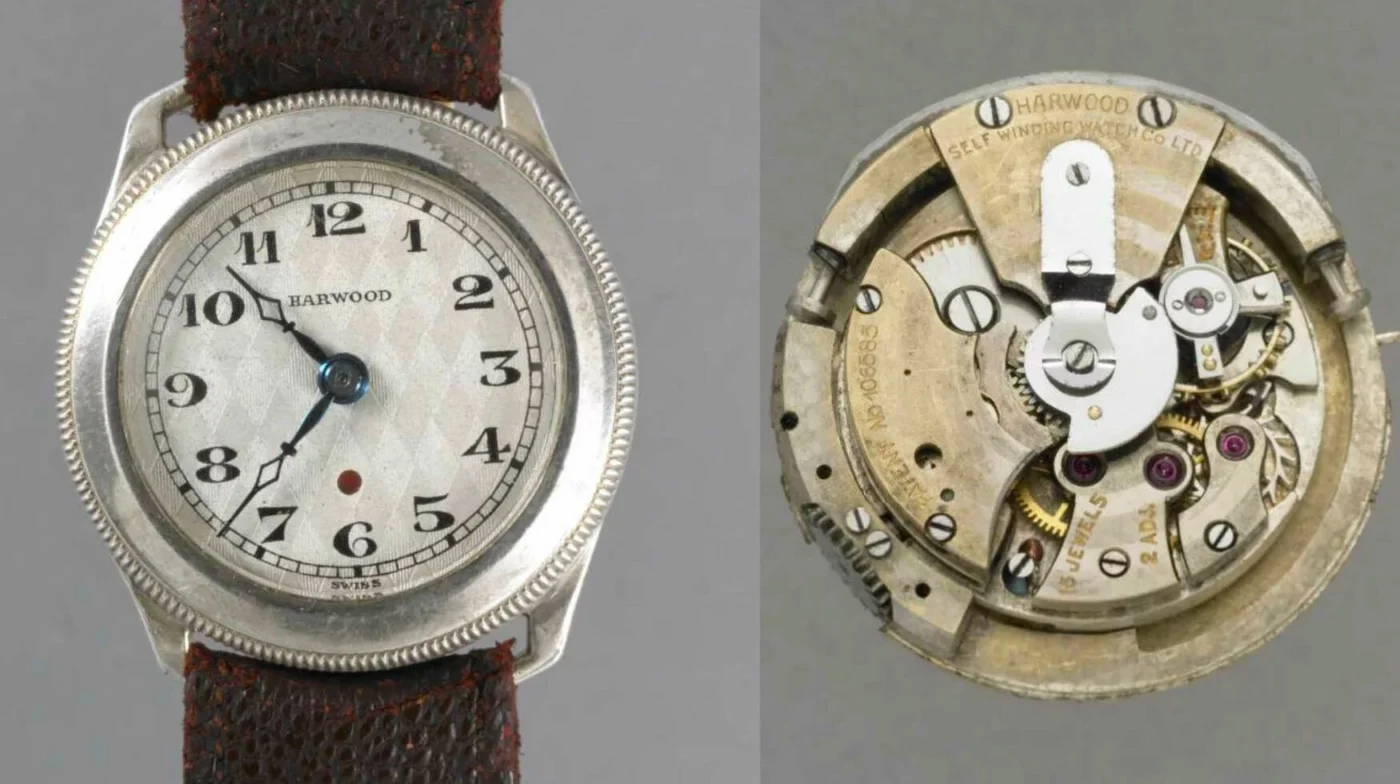
The 360-degree rotor, which we now know, first appeared in 1930, but Harwood’s “bumper” movement remained quite popular until the 1950s.
3. The First Chronograph
Until 2013, it was believed that the first chronograph was invented by Nicolas Mathieu Rieussec in 1823 to time horse races. However, the fully functional chronograph was completed by Louis Moinet in 1816 and can be recognized as the first modern chronograph with start, stop, and reset functions.

The subdials recorded seconds, minutes, and hours, just like modern chronographs, but the most remarkable aspect was its operating frequency. Operating at a speed of 216,000 vibrations per hour or an astonishing 30Hz, this chronograph was capable of accuracy down to 1/60th of a second. It remained the best chronograph until Heuer’s Mikrograph 100 years later. Louis Moinet’s work was groundbreaking for its time.
4. The First Lever Escapement
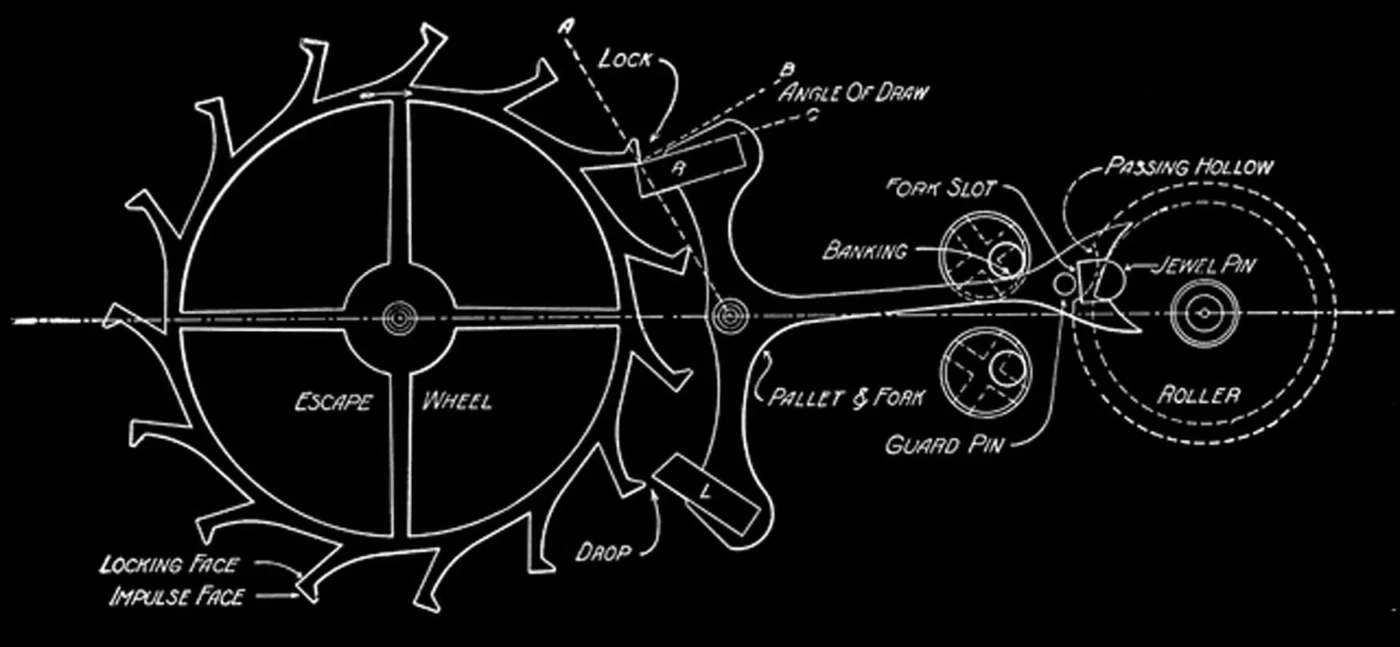
There have been various designs for escapements throughout the history of timekeeping tools, but the invention of the lever escapement by Thomas Mudge around 1775 has repeatedly proven to be the best solution for reliably and accurately harnessing the power of the mainspring.
It took some time for Mudge’s design to be successfully incorporated into watches, and it was improved upon by several watchmakers, including Abraham-Louis Breguet in the years following. However, the lever escapement he created remains the most common escapement used in mechanical watchmaking.
5. The First American Watch Factory
The concept of a watch manufacturing factory was certainly not new in the 1850s, but American methods of production led to concepts like mass production and affordable watches. Playing a significant role in this was the Waltham Watch Company. Despite initial difficulties, the company saw explosive growth during the American Civil War.
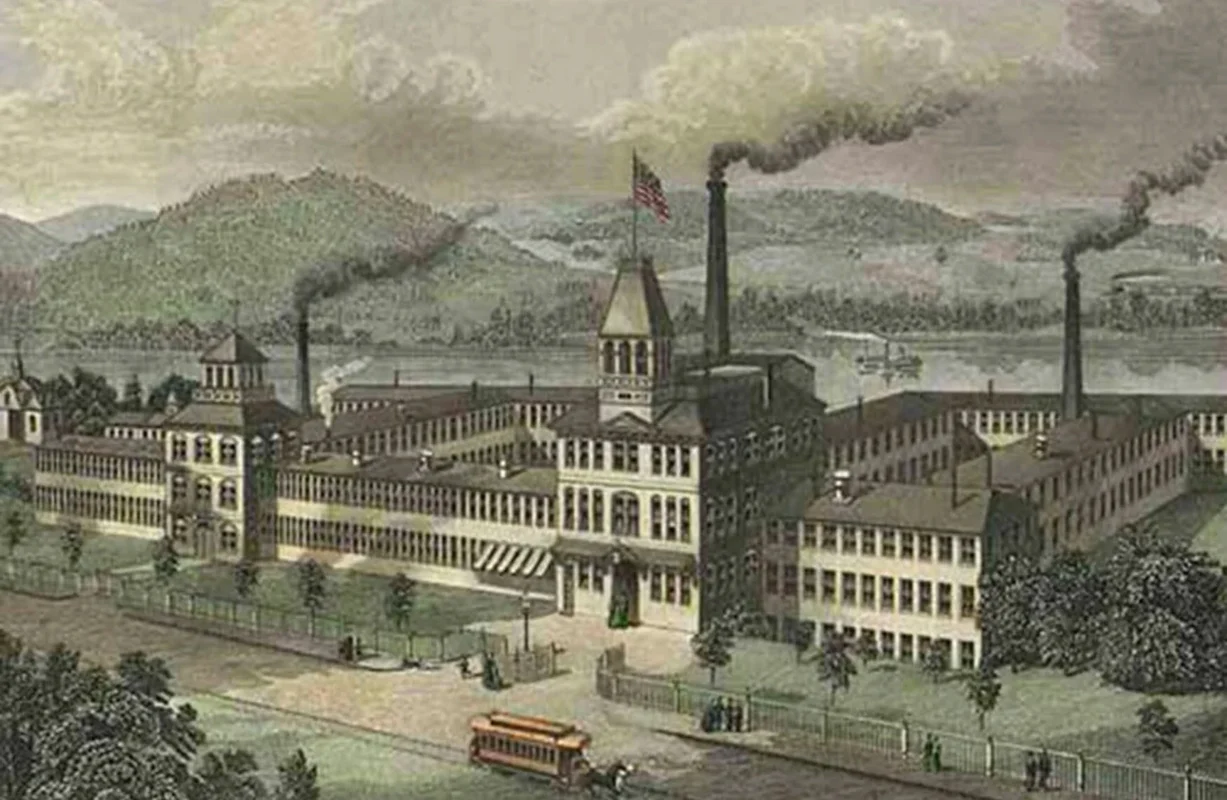
Waltham’s success was so astonishing that it threatened the existence of the entire Swiss watch industry. The Swiss had to adopt American production methods in the 1870s and 1880s to avoid falling behind. While the Waltham company eventually ceased operations due to the quartz watch crisis, the historic watchmaking factory in Massachusetts still exists today, repurposed into apartments, offices, and restaurants.
6. The First Cam-Controlled Chronograph
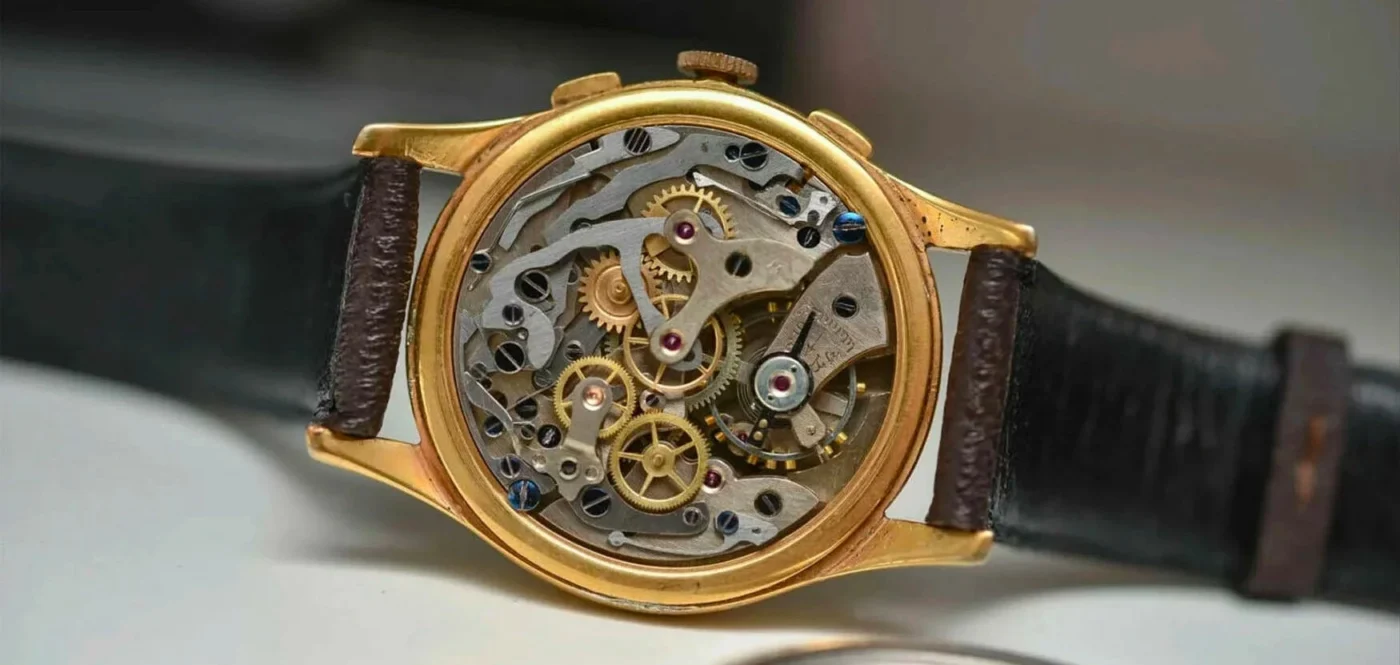
After introducing chronographs to consumers in 1937, the Landeron brand created the Landeron 47 and 48 shortly thereafter. By removing the column wheel and replacing it with a cam system, the internal parts of the chronograph no longer required precise machining to operate accurately. This meant that chronographs could be produced faster and at significantly reduced costs, just in time for World War II.
Landeron later went on to create the first Swiss electronic movement in 1961, which, however, contributed to their downfall during the quartz crisis.
7. The First Water-Resistant Watch Case
All watches have some level of water resistance, whether it’s virtually none or the ability to dive to depths of 6,000 meters. The debate over the first dive watch will continue between Rolex, Blancpain, Zodiac, and other manufacturers. However, when it comes to the title “waterproof,” there’s one name that’s less disputed.

Developed in the late 19th century and patented by François Borgel in 1891, the “Borgel screw case” had far superior moisture and dust resistance compared to any other case of its time.
The movement and dial of the watch were encased within a single piece, using a bezel to hold it in place. It became an extremely popular design among military officers during wartime, and the number of these cases that remain in good condition today demonstrates their effectiveness.
Calling them “waterproof” certainly wouldn’t be groundbreaking by today’s standards, but it was an important development in the transition from pocket watches to wristwatches.
8. The First Non-Radioactive Lume
The use of radium to make watch dials glow became popular in the early 20th century because of its easily noticeable benefits. However, at that time, the dangers of radiation were largely unknown, and radium was even found in people’s drinks and facial creams for its “supposed” health benefits.
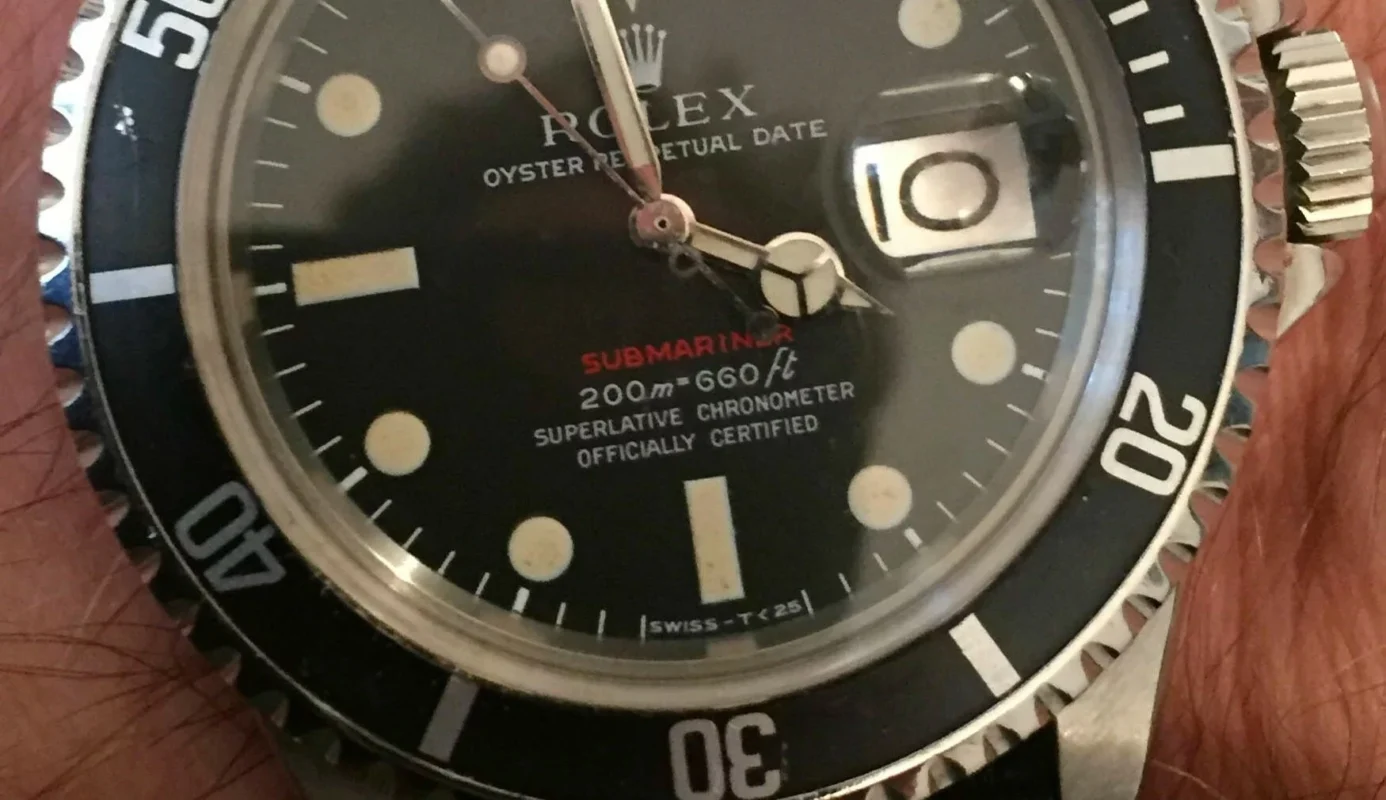
Once the horror of radiation became known, an alternative solution was needed. Radium-Chemie Teufen, later known as RC Tritec, was the first company to figure out how to use tritium by stabilizing it in a polymer form, and it was approved by the U.S. Nuclear Regulatory Commission in 1962. This allowed companies to develop luminescent dials freely, and RC Tritec also created Switzerland’s Super-LumiNova in 1996 to address radiation concerns and improve brightness.
9. The First Tourbillon
Perhaps the most famous inventor on this list is Abraham-Louis Breguet, and his patented tourbillon regulator from 1801. Although it took a few years before it was publicly introduced, this intricate movement is perhaps the most iconic work when it comes to the genius of the Breguet brand.
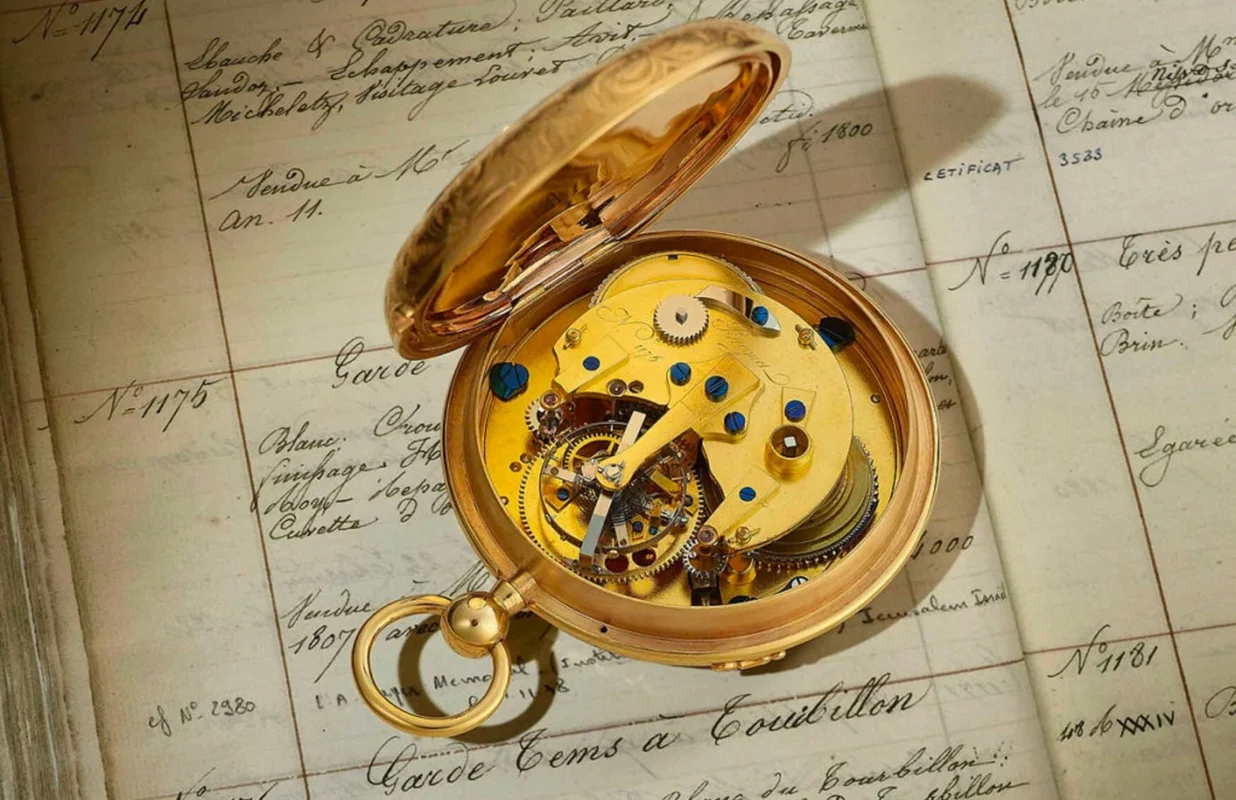
Tourbillions are much less effective in wristwatches, but they are still considered one of the most complex features in watchmaking.
Discover: The collection of best quality tourbillon replica watches available
10. The First Shock Protection System
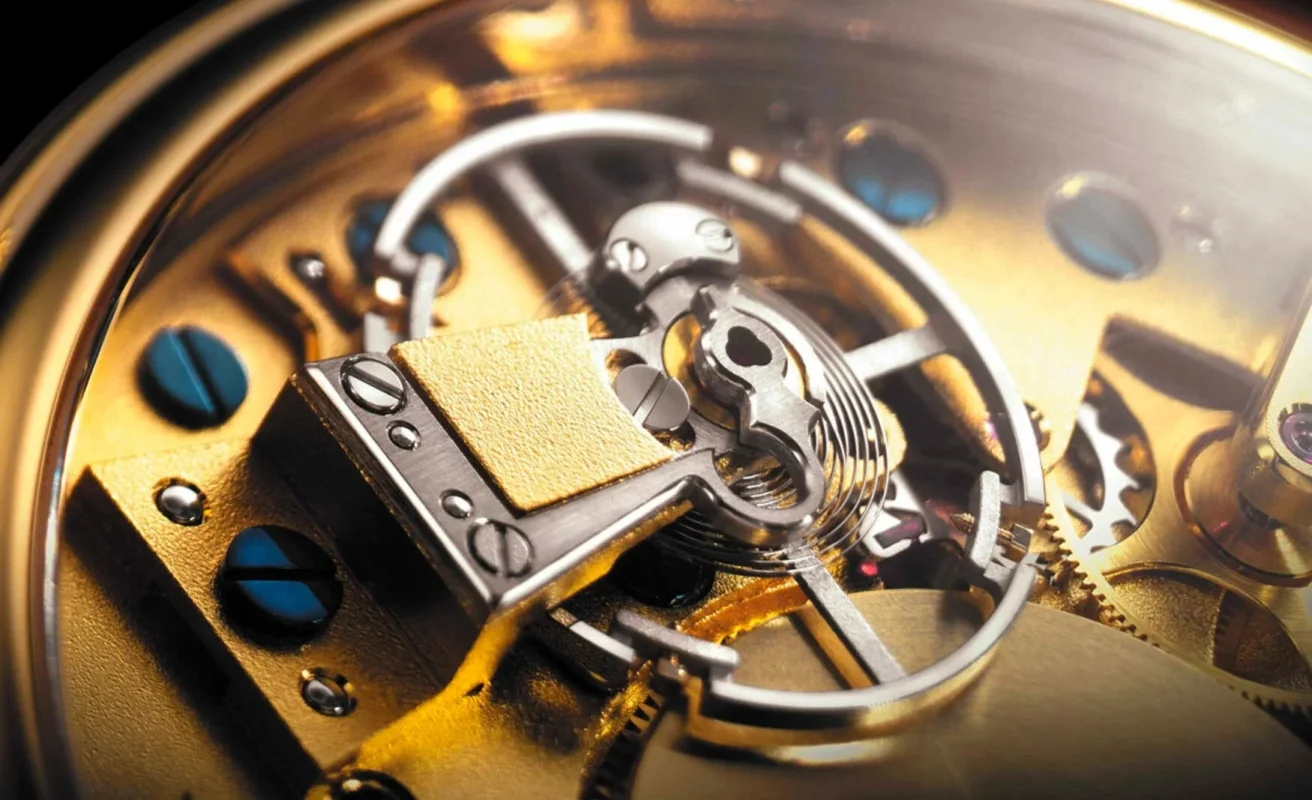
However, there’s another invention by Abraham-Louis Breguet that predates the tourbillon by a decade and has influenced almost all modern watches.
The most delicate part of a watch movement is the pivots because a minor shock can cause them to break and ruin the entire timepiece. Using conical pivots and the parachute system, Breguet created a shock protection system in 1790 that he called the “para-chute.”
Today, most mechanical movements use the Incabloc system or a variation invented by Georges Braunschweig and Fritz Marti in 1934.
